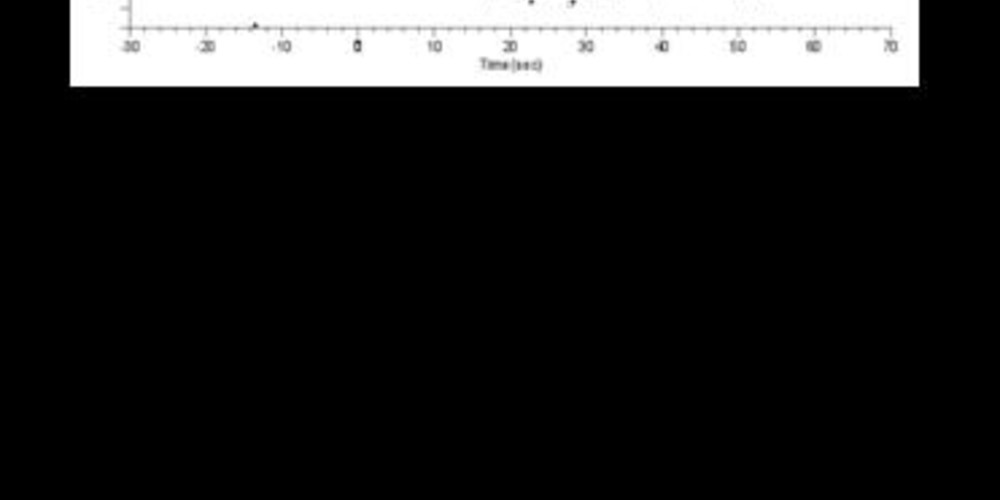High defibrillation threshold
Tracing
Manufacturer Medtronic
Device ICD
Field Therapy
N° 13
Patient
Patient with severe ischemic cardiomyopathy implanted with a CRT device (Viva XT CRT-D) hospitalized for syncope and several electrical shocks; this tracing allows focusing on the management of patients with a high defibrillation "threshold".

Graph and trace
The graph shows a sudden acceleration of ventricular rhythm in the FVT zone followed by an anti-tachycardia pacing sequence which does not terminate the arrhythmia; a first shock is delivered which does not terminate the arrhythmia but on the contrary accelerates and disorganizes the latter with detection in the VF zone; the ensuing 3 electrical shocks are unsuccessful; the fifth shock is successful with termination of the arrhythmia.
- the EGM initially shows a regular ventricular tachycardia detected in the FVT zone;
- the first therapy in the FVT zone is a burst which proves to be unsuccessful;
- redetection of a FVT;
- the second therapy in the FVT zone is a maximum shock; as this represents the first shock of the episode, there is a confirmation phase at the end of the charge; the shock is delivered on the second rapid ventricular interval if this signal is not within the atrial vulnerable period which is a window lasting 150 to 400 ms after the sensing of an atrial signal; this window was created to avoid inducing atrial fibrillation by ventricular shock; this explains why, in this example, the shock is delivered on the third rapid ventricular interval following the end of charge;
- as a result of this shock, degradation of the arrhythmia which becomes very rapid, polymorphous and irregular;
- the second shock is unsuccessful;
- the third shock is unsuccessful;
- the fourth shock is unsuccessful;
- the fifth shock is successful with termination of the arrhythmia.
Other articles that may be of interest to you







This tracing allows emphasizing two important elements: 1) an electrical shock most often allows terminating ventricular arrhythmia episodes and represents the mainstay of treatment of the device. However, the electrical shock can sometimes be pro-arrhythmogenic and, as observed in this patient, transform an organized VT into a potentially lethal VF; 2) the defibrillation threshold does not correspond to a fixed value. Here, several maximum energy shocks are unsuccessful, whereas the fifth shock of the same magnitude allows restoring the sinus rhythm.
The arrhythmia episode presented by this patient is extremely worrisome as it was terminated only with the fifth full-strength shock, the penultimate therapy available. Indeed, the maximum number of shocks for a single episode is limited to 6 in MedtronicTM ICDs. The probability of success of a shock after 6 unsuccessful attempts is limited. In contrast, it is preferable to limit the number of shocks if the therapies are inappropriate. An electrical shock is effective if a sufficient critical mass of the myocardium is depolarized by establishing an intra-myocardial voltage gradient. An electrical shock is ineffective when a residual mass of fibrillating myocardium remains or when fibrillation is immediately re-induced in zones where the induced gradient is limited. When the first shock is unsuccessful, a vicious circle sets in. A prolonged duration in VF increases hemodynamic deterioration, exacerbates ischemia and myocardial stretch, thus lowering the likelihood of success of the next shock.
There is a direct relationship between the amount of energy required to induce ventricular fibrillation and the energy needed to terminate it (concept of upper limit of vulnerability). In this patient, the first shock degrades a monomorphic and organized arrhythmia into a polymorphic and chaotic arrhythmia, which suggests the presence of a high defibrillation threshold. The shock failed to capture a sufficient amount of ventricular myocardium, but rather created a pro-arrhythmogenic myocardial heterogeneity sufficient to generate multiple reentry circuits. It is therefore not surprising that the same amount of voltage delivered thereafter does not allow terminating the VF episode induced at the first shock and that several shocks are hence necessary.
In this patient, safety appears to be compromised with few available reprogramming options. A coil positioned in the coronary sinus was added. Indeed, a shock delivered between two electrodes in contact with or in the immediate vicinity of the cardiac mass is more likely to be successful by extending the induced electrical field over a larger volume.